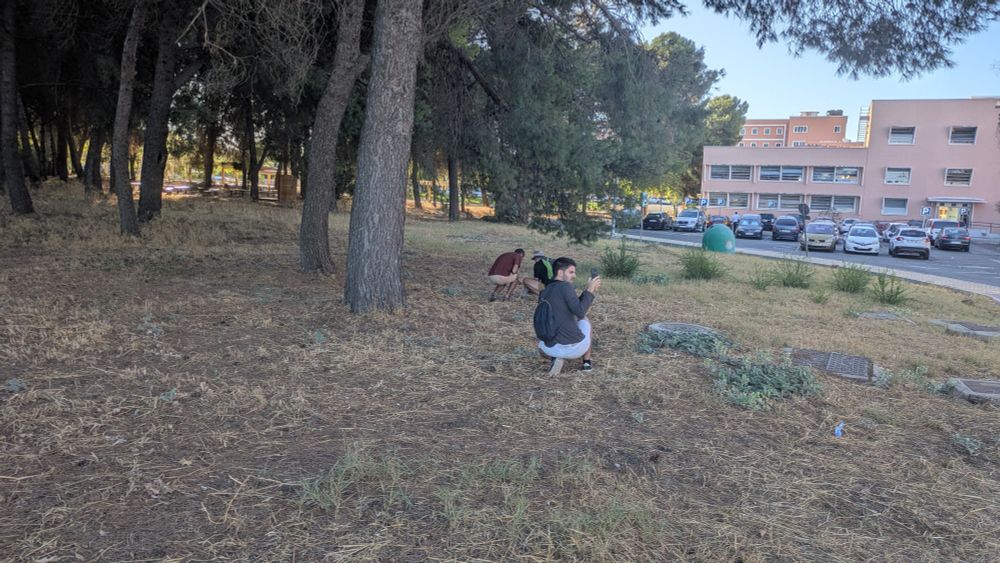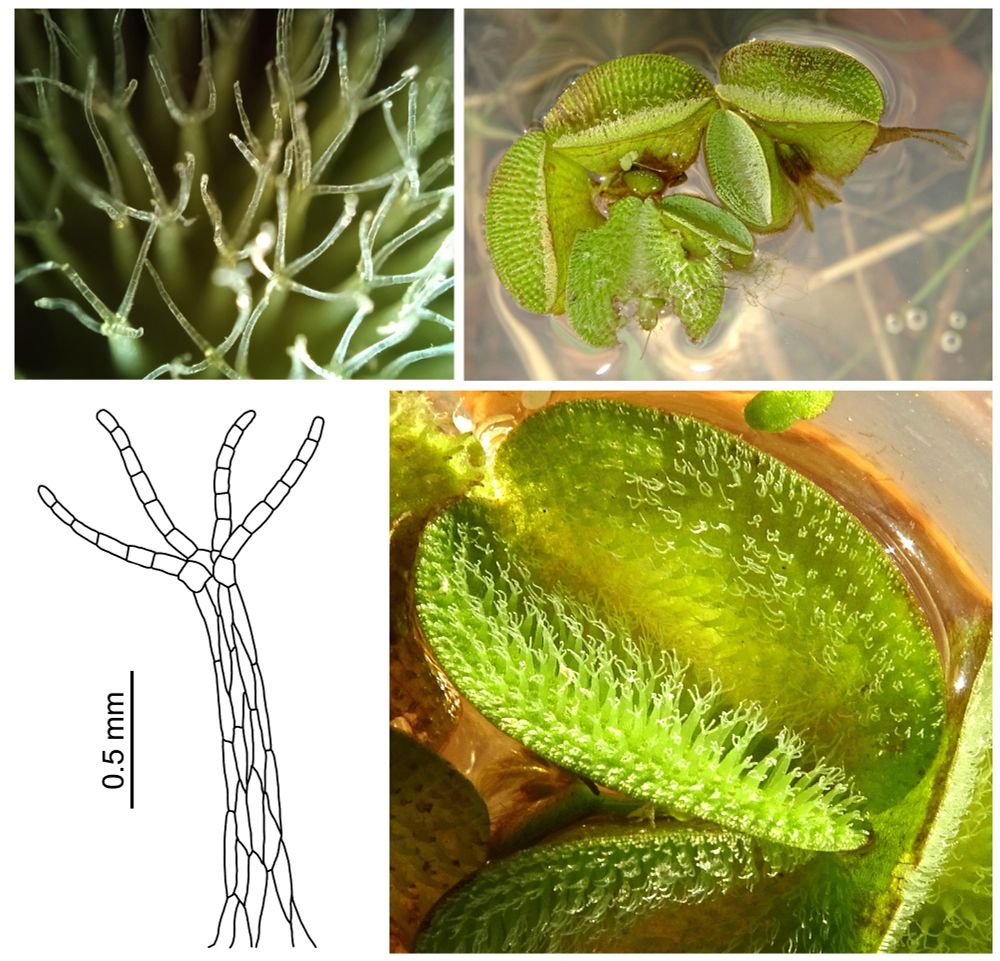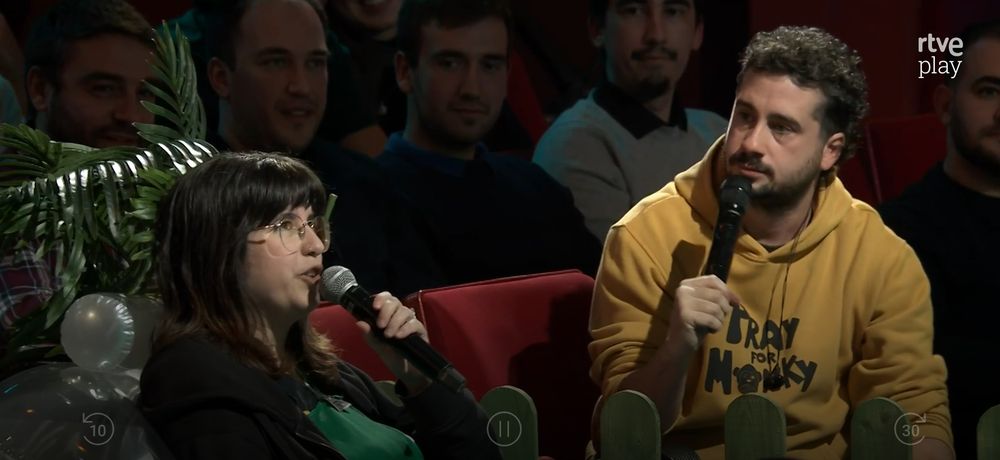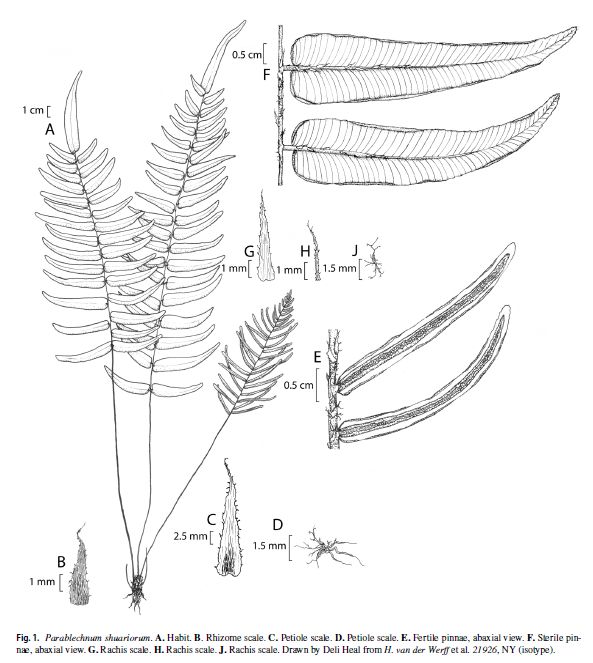
https://taplink.cc/soniamolino
No sé cómo agradeceros, @miquelcapo.bsky.social y @adriangr.bsky.social, vuestros años en la junta de este sueño tan bonito. Espero hacerlo la mitad de bien que vosotros 💚

No sé cómo agradeceros, @miquelcapo.bsky.social y @adriangr.bsky.social, vuestros años en la junta de este sueño tan bonito. Espero hacerlo la mitad de bien que vosotros 💚
¡El jolgorio nomenclatural fue tal que se nos olvidó hacernos una foto!
#SEBOT2025
@sebot.bsky.social

¡El jolgorio nomenclatural fue tal que se nos olvidó hacernos una foto!
#SEBOT2025
@sebot.bsky.social




Durante varios días registramos señales inequívocas:
🪵 Ramas roídas.
🦷 Marcas de incisivos.
🚶♂️ Sendas hacia el agua.




Durante varios días registramos señales inequívocas:
🪵 Ramas roídas.
🦷 Marcas de incisivos.
🚶♂️ Sendas hacia el agua.
Urgent conservation is needed due to climate change and invasive species.
#SubAntarctic #Evolution #Biodiversity




Urgent conservation is needed due to climate change and invasive species.
#SubAntarctic #Evolution #Biodiversity
I am very jealous of my colleagues who were able to live this experience!




I am very jealous of my colleagues who were able to live this experience!

Tracing the biogeographic history of the world's most isolated insular floras 🌿🌍
Plant colonization in the sub-Antarctic was driven by long-distance dispersal—wind, birds, and ocean currents—rather than by ancient continental drift.
🔗 www.jse.ac.cn/EN/10.1111/j...

Tracing the biogeographic history of the world's most isolated insular floras 🌿🌍
Plant colonization in the sub-Antarctic was driven by long-distance dispersal—wind, birds, and ocean currents—rather than by ancient continental drift.
🔗 www.jse.ac.cn/EN/10.1111/j...
















